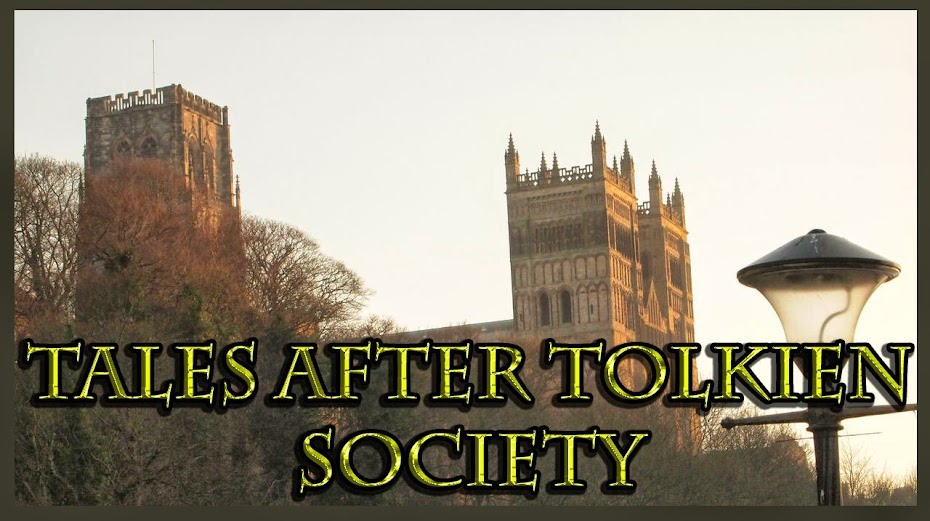Read the next entry here.
As the rewatch closes out a year, and what a year, the series itself conducts some retrospection and introspection.
2.5, "Breaking the Seal"
Written by Aaron Ehasz and Justin RichmondDirected by Villads Spangsberg
Synopsis
 |
| Gracious, indeed. Image taken from the episode, used for commentary. |
Viren, accompanied by an honor guard, arrives at the summit of the Pentarchy he summoned. Upon entering, he confers with the already-arrived rulers of the other humans nations; the young Queen Aanya of Duren joins them shortly after. Following a brief, awkward interlude, Viren presents his case for war against the elves in Xadia.
 |
| The facepalm transcends time and media. Image taken from the episode, used for commentary. |
 |
| Poor little guy... Image taken from the episode, used for commentary. |
Discussion
In addition to focusing on the already-noted correspondence between the Pentarchy and the early English Heptarchy, the episode reinforces the series' medievalism by presenting imagery from a variety of "medieval" venues. One of the kings of the Pentarchy evokes Viking imagery, for example, and one of the queens evokes traditional depictions of the Celts. The King of Neolandia, Ahling, visually evokes the Middle Eastern sultans that often figure into medievalist narratives as exoticized Others (including the involved problems of Orientalism associated therewith). The gestures are perhaps more subtle than others the series makes, but they are present, and they do serve to enhance (sometimes unfortunately) the medievalist grounding of the series as a whole.
Notably, too, the episode features an extended (for the genre; it is a serial children's cartoon) rumination by Harrow about the natures of kingship and justice. Interestingly, he relates being told that "justice was more than fair decisions and fair consequences; true justice was a fair system" before musing on many of the ways in which he might be in a position to suffer due to the circumstances of his birth, rather than any of his own deeds. While the specific rumination is one very much in line with the likely inclinations of the series's presumed secondary audience (noted in previous episodes' discussions), the fact of the rumination itself is one very much in line with the medieval from which the series borrows. There are many, many works of medieval literature that purport to treat upright and correct governance, ranging from Malory (as presented in Caxton's preface) to Hoccleve and his Regiment of Princes and even to Machiavelli--as well as many others that do not necessarily spring quickly to my mind. Even in the medieval mind, insofar as such a thing can be said to exist as a single unit, there was question as to what made a ruler good, and the series does well to highlight that particular burden of governance.


















